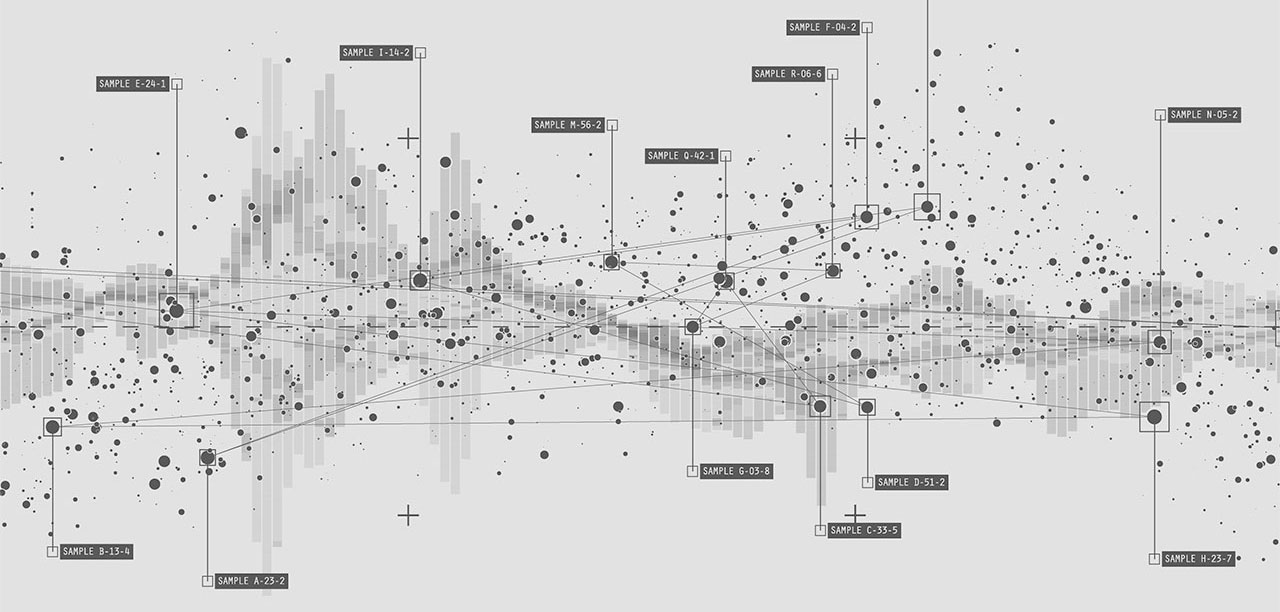ICT Management and Processes

ITSM and Process Management
The beginning of Electronic Computing (1950-1979) was based on large computers that centralized all processes and, once it was possible, users connected remotely with terminal equipment without computing capacity. The governance of ICT at this time was very easy to implement. With the evolution of electronic computers, the computing capacity could be brought to the extreme of the users and the Client-Server architecture appeared, which entails a decentralization of the processes. In this phase (1980s) it was detected that the governance of ICT had become more complex and it was necessary to equip it with tools that would allow more adequate control of the processes and the inventory of ICT assets.
Currently, after the Information Technology Infrastructure Library (ITIL) began to be implemented in the mid-1990s, there are also two ISO standards that combine this with quality management systems based on the ISO 9001 standard, resulting in the ISO 20000 and ISO 27000 standards, specific to ICT. These standards define a set of good practices to be followed in organizations that provide their services through an ICT platform. Their application is limited to these services and, if the organization is chosen to certify, the scope strictly includes the services for which it is desired to obtain them.
ITSM process management is based on a series of Key Process Indicators (KPI), which help to obtain metrics that allow monitoring the status of the services. One way to define and manage these Key Indicators (KPI) is by using the Balanced Scorecard.
ACTel offers ICT process and security consulting services in which it adapts the ISO 20000 and ISO 27000 standards and the Balanced Scorecard to the needs of clients who need to implement continuous process improvement in services provided through an ICT platform.

Project management
When defining the scope of an ICT project and managing its implementation, we can now choose between a classic or Waterfall methodology or an Agile methodology (lean, agile).
Of course, it is also possible to combine both paradigms and implement a set of projects managed as agile within a project portfolio, or subprojects of a main project managed as downstream or, as appropriate, the other way around. This form of management is called Hybrid.


Product Development
ACTel offers product development services following methodologies based on agile principles.
This makes it possible to deliver value early, that is, to deliver functionalities partially and incrementally as development progresses, until achieving a Minimum Viable Product that can be implemented in the organization, or marketed, before obtaining the final product with all the complete functionalities.
Lean IT is the adaptation of the practices introduced in the 1950s in the manufacturing of the Japanese company Toyota, which began to spread in the 1990s in the USA and was also adopted in ICT. The basic idea is to avoid waste and defects in manufacturing, which translated to ICT mainly means not performing useless or valueless work.
Scrum is the set of practices defined after the agile manifesto of 2001, it establishes the bases of software development using agile methodologies and can be used in any ICT project, being most common in software development projects.

Software Development
ACTel has developed its own product, which includes hardware and software.
The agile framework defined by Scrum has been used for software development. The accumulated experience is put at the service of clients who trust ACTel to develop their software products.


 En
En  Es
Es  Ca
Ca 
